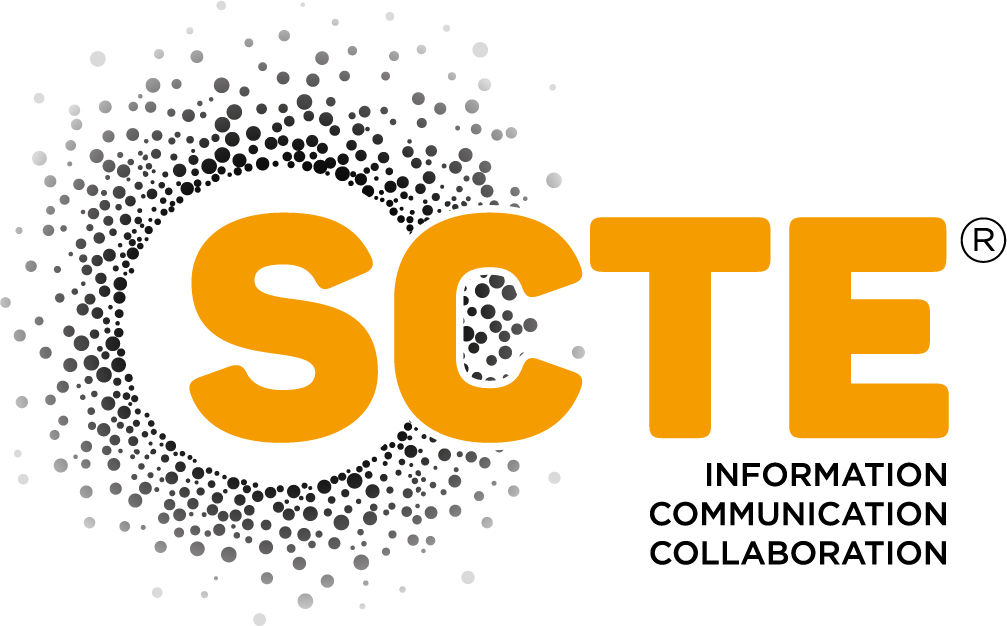IBC2023 Tech Papers: 5G enables high bitrate, low latency and mobility on the live production of the biggest Latin American reality show

IBC2023: This Technical Paper presents how the new 5G networks allow high bitrate and low latency, changing the way live productions are made.
Abstract
Reality show productions require many wired cameras to cover all the house and camera operators usually work on dark rooms, capturing the images through mirrors. In order to improve reliability and security, this project counted on a 5G Standalone Non-Public Network(S-NPN) dedicated to the reality show. The use of 5G made it feasible to reduce video cables and control the cameras remotely. The 5G solution empowered 2 cameras with SRT protocol and HEVC codec resulting on 80 Mbps of upload and 6 frames glass-to-glass delay. The high video quality and low delay solution allowed the coexistence of 5G connected cameras with wired cameras. The future vision is to scale the solution for more cameras, seek to downsize the solution, for a lighter weight, low energy consumption and use of 5G as connectivity for new applications.
Introduction
Big Brother Brasil is the biggest reality show in Latin America, with 23 years on air in Globo TV. The reality uses more than 50 cameras in the studio with a complex infrastructure of cabling and demands expensive operation. In order to be more efficient, mobile interfaces can bring mobility, reduce physical installations and allow remote production.
Previous generations of mobile networks didn’t allow high bitrate transmissions, due to low bandwidth on the upload. The new 5G networks open a new scenario where high bitrate and low latency can be achieved, changing the way live productions are made.
This paper will present the solution used in Big Brother reality show, 24 hours a day on air, during 100 days of program. 2 cameras transmitted 40Mbps each, using HEVC video coding and only 6 frames delay, operated remotely and delivering high-quality and low latency that enables the use of 5G cameras.
5G networks also applied network slicing dedicated to the reality show studio, ensuring reliability and quality of service by reserving network resources and guaranteeing a secured data transmission.
In the future, the 5G connectivity in the studios can be extended to new applications, such as IoT, studio automation and new live production models.
APPLICATION TIERS: NEWS WEBLINK BACKPACK AND CONNECTED STUDIO
The arrival of 5G brings two interesting features for improving the video streaming experience using mobile network connectivity. The higher uplink rate capacity brings
benefits in video quality, which can be transmitted at higher bitrates. Another aspect concerns network latency, which brings an experience of content with less delay, allowing the study of architectures that use 5G-connected cameras in conjunction with wired cameras.
Based on the experiments we have conducted, we can say that we can divide the use of 5G into two different types of applications, with different video rates and delay requirements, characterizing two different Tiers: News Backpack and Connected Studio.
Read the full article

Sign up to IBC365 for free
Sign up for FREE access to the latest industry trends, videos, thought leadership articles, executive interviews, behind the scenes exclusives and more!
Already have a login? SIGN IN

















